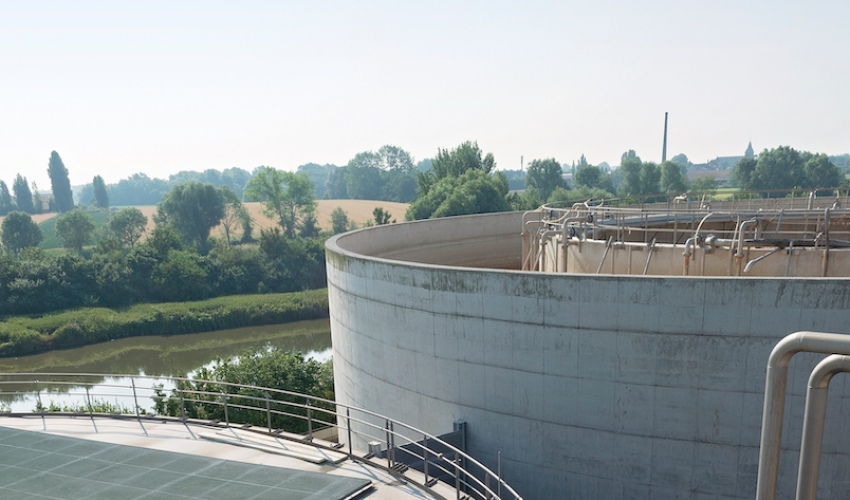“Circular economy” also applied at Clarebout

Clarebout has opted for a maximum commitment within the group with regards to the necessary shift from a traditional economic to a circular model in which raw materials are frequently reused. One of the applications is the recuperation of phosphate from water in order to make struvite. After all, the water that was used during the production process still has a lot of potential that can be utilized for water purification.
How does it work?
There are 2 water circuits in the production units: 1 for production water and 1 for fat-retaining water. The cooking oil is separated from the fat-retaining water. This cooking oil is also used for the production of biodiesel, for starch for the paper industry and for product flows in animal feed. The production water passes through 2 anaerobic purification installations. In such an anaerobic water purification, bacteria break down the organic waste in the water in a low-oxygen environment.
This ensures the production of a lot of energy-rich biogas. The water that comes from this purification goes to the struvite plant where the phosphate is removed. Because, the most advanced technique for revaluing production water is by recuperating phosphate from that water as a ready-to-use fertilizer.
The importance of phosphate
This is because phosphate is a finite fertilizer and, moreover, cannot be replaced by another source, such as can be used for our energy supply. The production of fertilizer, both nitrogen and phosphate, for example, was the basis for the exponential growth of the world population. Without fertilizer, we can only provide 1,5 billion people with enough food and we are currently more than 7 billion people!
The phosphate supply is limited and Europe does not have its own phosphate mines. It is therefore not surprising that the EU has included phosphate in the list of “Critical Materials”. It is therefore crucial to recuperate and reuse these valuable substances to the maximum. This is exactly what we do.
By appropriately combining extracted phosphate with nitrogen and magnesium, a pure product is created, namely. struvite. This struvite has the property of a slow-acting fertilizer, or it can serve as a raw material for the fertilizer industry.
We use this technique to make about 2 tons of this “struvite” every day, both at the Nieuwkerke site and at the Waasten site. The product has been researched and has in the meantime received recognition from the government as a ‘raw material’ and can therefore be reintroduced into the food chain.
